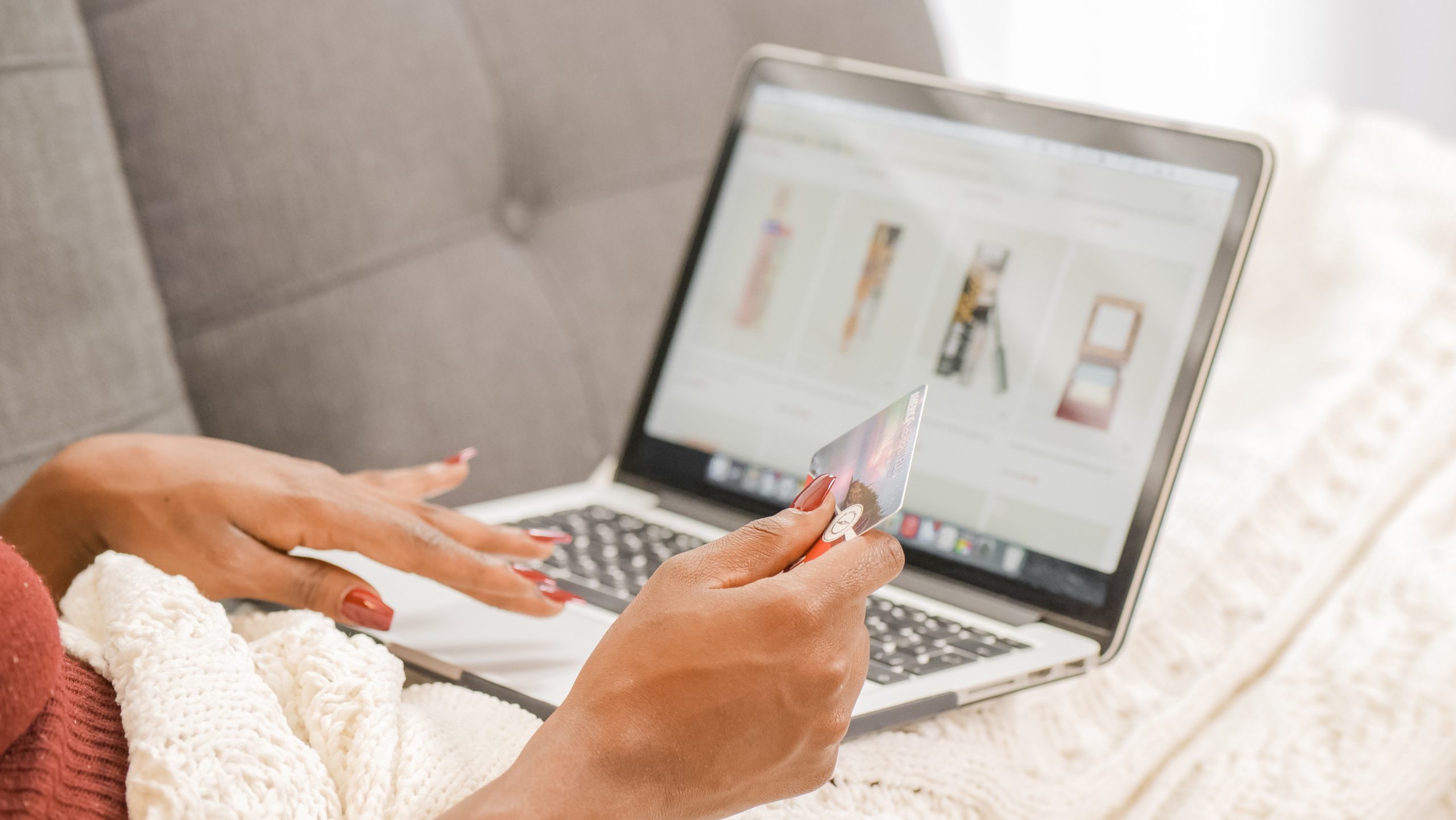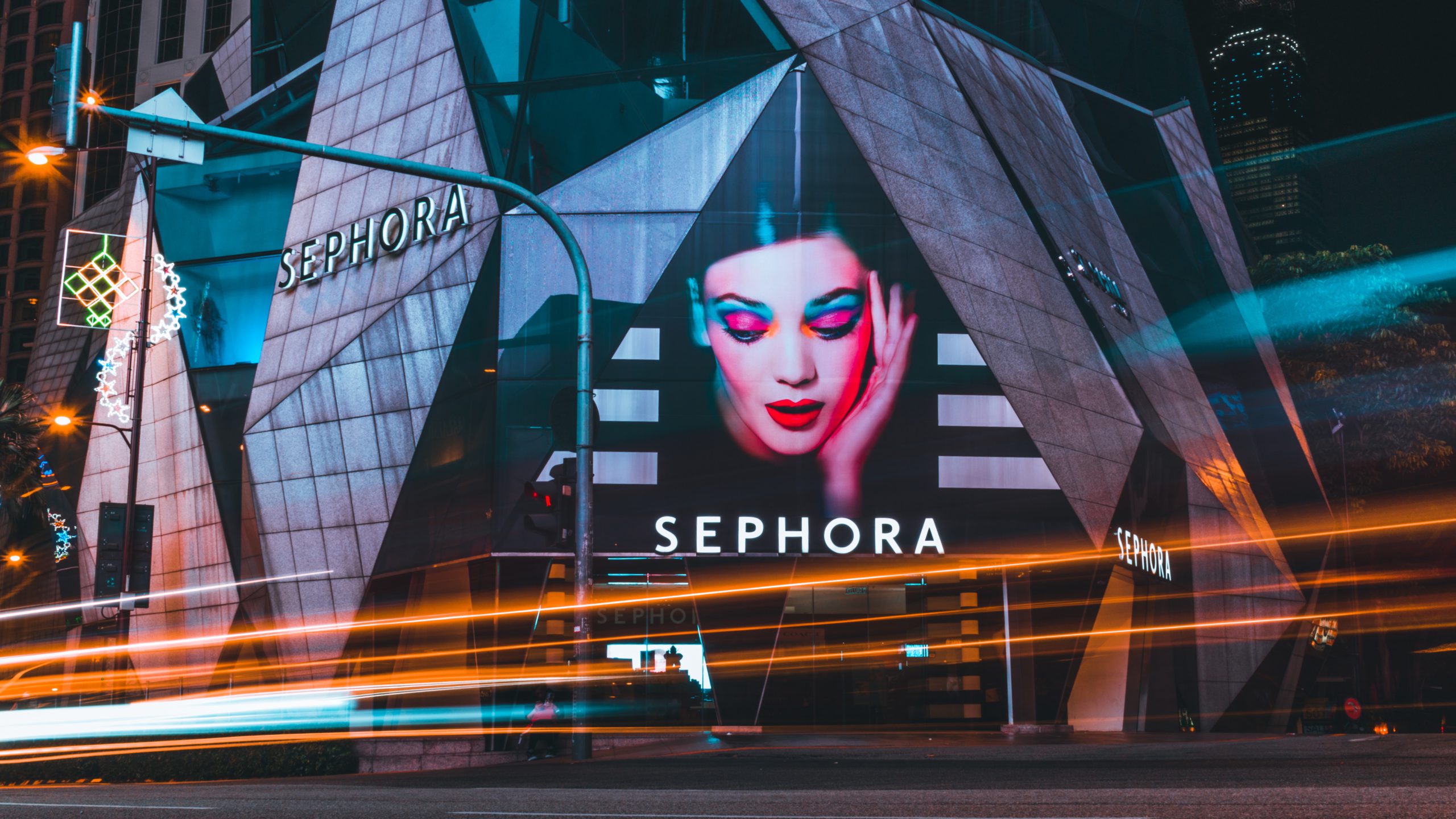Virtual Try-On For Retailers: What You Need To Know
Intro: Virtual Try-Ons
The recent growth of eCommerce has transformed the retail shopping landscape. Businesses have developed creative strategies to improve their respected clients’ buying experience. One such development is the Virtual Try-On system. It allows customers to try on products virtually before purchasing.

Continue reading this full guide to understand how Virtual Try-Ons will transform online buying into a better experience.
What Problem Are You Solving?
A Virtual Try-On solves many of the biggest beauty and fashion shopping problems nowadays. Here are some of the most common problems it fixes:
1- Uncertainty in Online Shopping
Shopping online without knowing how a product will fit is a major issue. This uncertainty frequently results in hesitation and abandoned shopping carts. This problem is solved by Virtual Try-On technology, which lets customers virtually try on goods and see how they will look on their bodies or in their homes. This way, customers can decide more easily and securely.
2- High Return Rates
Retailers and buyers both have a lot of trouble with high return rates. Customers frequently return things because they didn’t receive what they expected to get. It makes everyday business operations challenging as well as expensive. Virtual Try-On can cut down on return rates by letting customers see how a product will look on them before they buy it. This makes choosing what to buy easy and reduces delivery disappointment.
3- Inaccurate Sizing
In the fashion industry, it is common for brands to have different sizes and for size charts to be inaccurate. People often buy the same thing in more than one size in the hopes that one of them will fit. With Virtual Try-On, customers can actually try on clothes, shoes, and accessories, making sure they get the right size the first time. The customer will save both time and money while also being guided to the correct size by this method.

4- Lack Of Personalization
Virtual Try-On solves this with customized product recommendations. These recommendations are made based on the customer’s preferences, measurements, and desired aesthetic. Shopping with personalization makes customers feel more comfortable and more likely to return.
5- Competitive Advantage
The online shopping industry is more saturated than you think, and thus, businesses have to go the extra mile to stand out amongst the competition. By switching to Virtual Try-On, businesses can upgrade themselves to innovative technology that not most brands have. This can attract tech enthusiasts looking for new and more exciting ways to shop.
6- Reduced Environmental Impact
Virtual try-on technology offers a sustainable approach to shopping, minimizing the environmental footprint associated with traditional in-store experiences. With Virtual Try-On, trying out the products in person is not needed at all. You can experiment with any style combo at home. This also benefits the retail stores by reducing the percentage of returns and swaps by leaps and bounds.
How to Choose the Right Virtual Try-On Provider?
Here are essential steps and considerations to help you make an informed decision:
1- Technology and Features
Start by looking at the technology and features that possible Virtual Try-On providers have to offer. Look for a solution that lets you try on clothes virtually in a way that is realistic and correct. Check the choices for customization, the platforms it works with, and its ability to grow. Make sure that the technology aligns with your preferences and the products you are selling.
2- User Experience and Interface
The Virtual Try-On solution’s user experience and design are very important. It should be easy to understand and use so that customers can easily use the virtual try-on option. Customer engagement and happiness go up when the user experience is smooth and enjoyable.
3- Data Privacy and Security
Protecting customer info is very important. Check to see if the Virtual Try-On service cares about data security and privacy. Ensure they follow data protection laws and protect customer data.
4- Integration and Compatibility
Think about how well the Virtual Try-On system works with the e-commerce platform, website, or mobile app you already have. It’s important that the Virtual Try-On technology fits in well with the rest of your digital environment.
5- Cost and Pricing Structure
Figure out how much the Virtual Try-On company will cost you. This includes the prices of getting started, paying for licenses, and paying for ongoing maintenance. Make sure the price fits your budget and gives your business a clear return on investment (ROI).
How Virtual Try-On Can Help Your Business?
The fashion, beauty, eyewear, and home décor industries can greatly benefit from Virtual Try-On technology. To begin with, Virtual Try-On improves the customer experience by letting them virtually try out things in their own environments before making a purchase. This increased interest often leads to better conversion rates and, as a result, more sales.

Businesses can save both time and money with Virtual Try-On since buyers can see how a product appears and fits before making a purchase decision. Brand loyalty is increased via personalized recommendations based on consumer data.
Examples of Retailers with Virtual Try-On
To make online shopping more comfortable, more firms are adopting Virtual Try-On technology. Here are a few examples.
1- Warby Parker
Warby Parker, a famous eyewear brand recently integrated Virtual Try-On into their online store which allows customers to try on different spectacles from the comfort of their own homes using their webcam or their smartphone camera.
2- Sephora
Sephora recently made it easier for all makeup enthusiasts to try on their favourite looks without having to spend hundreds of dollars on makeup. You can submit a photo of your face or use your phone camera to trial lipsticks, eyeshadow, and foundation.

3- IKEA
With IKEA’s Augmented Reality app, Ikea Face, customers can now see how certain furniture would look inside their apartment before making the big purchase. You can place 3D models of furniture inside your home through your smartphone to get an exact image.
4- L’Oréal
Similar to Sephora, L’’Oréal also offers their customers the flexibility to try different makeup looks via their smartphones or webcams. This lets them be creative and choose the perfect combo before buying.
5- Zara
ZARA, the globally known fashion brand has also introduced Virtual Try-On in their online stores. Customers can use their app to see different models wearing their different clothes to get an idea of how the piece would look on them.
6- Gucci
Another fashion icon, Gucci has also developed an AR app that enables customers to try on different pairs of shoes virtually. All you have to do is point the phone camera toward your feet and the app will automatically overlay your chosen pair over them
Conclusion
And that’s how Virtual Try-On works and how it’s changing retail and online purchasing. Notable brands such as Warby Parker, Sephora, and IKEA have observed the pleasant impact Virtual Try-On is making on customer engagement. Retailers now also have the chance to create an environment where online shopping is feasible and immersive by getting their hands on Virtual Try-On.
Book a free consultation















